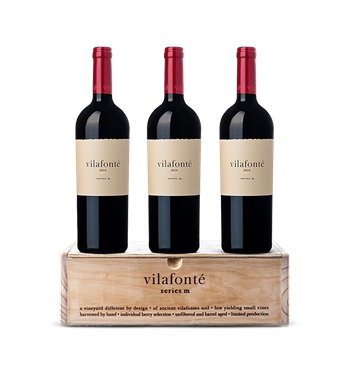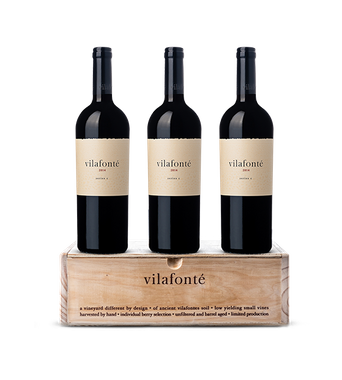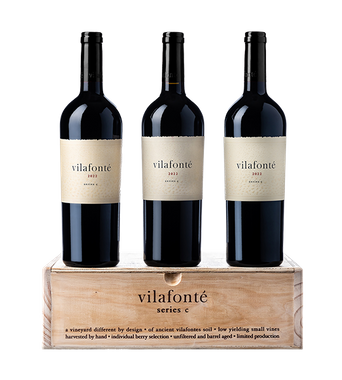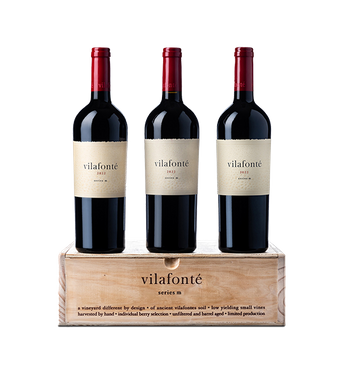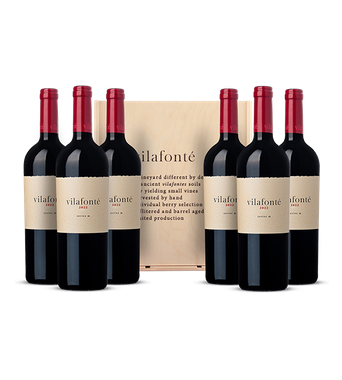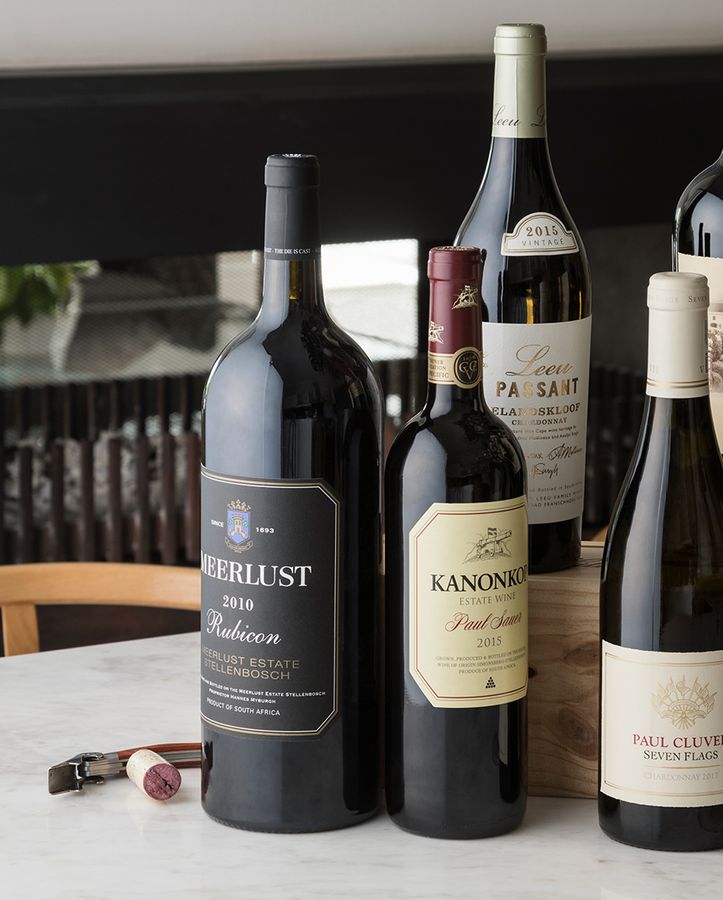Investing in fine wine transcends mere financial speculation; it is an exploration of culture, craftsmanship, and personal taste. As the fine wine market continues to grow, understanding what determines a wine's investment potential is essential for both seasoned collectors and newcomers. In the inaugural episode of Wine in Focus, a new five-part vodcast series from Investec Focus Radio SA, host Lerato Motshologane engages with industry experts to unpack the principles of wine investment.
The panel includes Mike Ratcliffe, co-founder of Vilafonté; Johan Malan from Wine Cellar, and wealth manager, Roy van Eck from Investec. Together, they share insights on identifying investible wines and effectively managing collections. Join us to navigate the fascinating world of fine wine investment.
If straight audio is your preference, listen to the podcast here:
But if you like your content served visually, watch the discussion here:
What makes a wine investable?
Wine is classified as an alternative asset, alongside investments like structured products, private equity, and art. Depending on individual risk profiles, alternative assets can comprise up to 35% of an investment portfolio, with wine representing about 5-10% of that allocation, according to Van Eck.
Wine investment strategies typically fall into two categories: consumption-focused investing, which blends enjoyment with appreciation potential, and pure asset investment, where wine is treated as a tradable commodity. The wine market is cyclical and nuanced, influenced by vintage reputation, producer consistency, and broader economic trends. Understanding these dynamics is essential for making informed investment decisions.
Five characteristics of a winning wine
At the core of successful wine investment is a clear understanding of the criteria that distinguish ordinary bottles from those with lasting value. Vilafonté’s Ratcliffe outlines five criteria that make for investible wines:
• Quality: Quality is subjective, but there are broad discernible characteristics in terms of balance etc that can be assessed by professionals. You can access these insights via wine reviews and ratings, wine apps, following wine influencers on social media and competitions like The Trophy Wine Show.
• Emotion and passion: Fine wines should evoke powerful emotions and create unforgettable experiences, enabling drinkers to forge a deep connection with each bottle.
• Provenance: The origin of the wine, including its unique terroir and the reputation of the winemaker, plays a crucial role in its investability.
• Sustainability: Both environmental and financial sustainability are essential; a winery must be able to produce wine long-term without compromising its business viability.
• Pedigree recognition: Recognition by critics and the wine community, alongside crowdsourced opinions from collectors, helps identify fine wines that are also investible.
In retail settings, bottles often display awards and competition stickers, which can indicate quality. However, Ratcliffe warns against relying solely on these accolades: “One-off competition wins don’t guarantee pedigree.” Instead, investors should seek wines with a history of consistent recognition and market respect, as this is a stronger predictor of lasting value.
Valuation tools and pricing transparency
Wine investment has become more formalised globally in recent years, with the London International Vinters Exchange (Liv-Ex) being the go-to platform that tracks values and trades, thereby acting as a benchmark.
Malan explains that the total trade volume of SA wines on Liv-Ex is a meagre 0.4%. He puts this down to our historical positioning as a low-quality or bulk-producing country, and the relatively low volumes of our top-end wines not allowing for secondary-market value. But he assures, “SA’s image at the top end is really improving as many fine-wine critics and consumers are recognising the quality on offer.” He predicts that that percentage will increase inline with SA’s growing fine wine reputation.
The importance of proper storage
Proper storage is fundamental to protecting wine investments. As a living product, wine is vulnerable to environmental stresses. Maintaining a cool, dark, and stable environment – ideally between 13 and 16 degrees Celsius – is crucial for preserving value. Professional bonded warehouses offer optimal solutions, ensuring controlled temperature and humidity while providing insurance coverage against theft or damage. Malan advises against relying on household storage unless one has a dedicated cellar, as residential air conditioning often falls short of ideal conditions.
Patience: A virtue in wine investment
Wine investment rewards patience. Unlike fast-moving stocks, fine wine matures slowly, often requiring years or decades to reach peak value and ideal drinkability. Strategic planning – knowing when to enjoy and when to hold – enables collectors to maximise both enjoyment and financial return. As Ratcliffe reflects, “When I select a special bottle from my cellar, I plan an occasion around it. Knowing that I might have paid R500 for it and it’s worth R5,000 now makes the wine taste even better.”
Balancing passion with strategy
Investing in fine wine is a delicate balance of passion, knowledge, and discipline. Quality, provenance, and sustainable production underpin a wine’s investability, while proper storage and insurance safeguard its value. With the right approach, collectors can transform wine investing into a rewarding lifelong pursuit. As Van Eck aptly puts it, “Wine investment is not just about making money – it’s about preserving stories and savouring moments.” Your collection, therefore, has the potential to enrich both your life and your portfolio.
